
Table of Contents
Introduction
You may have heard of the term “mirrorless camera,” but you aren’t sure what it means. In this article, I’ll explain what a mirrorless camera is and why they’re so popular. I’ll also show you how they work and compare them to SLRs (traditional cameras).
The mirrorless camera is a relatively new type of camera on the market.
The mirrorless camera is a relatively new type of camera on the market. It differs from an SLR in that it doesn’t have a mirror inside and instead uses an electronic viewfinder to show what you’re shooting at. The advantages of this are that it’s smaller, lighter, and generally has more megapixels than an SLR. It also has faster autofocus than many other types of cameras available today—even some DSLRs! Finally, because the mirrorless camera doesn’t use a mechanical shutter like most traditional cameras do (and therefore can be built without one), full frame sensors are possible for them as well—something not found in many other types of digital cameras available today.
Your traditional camera is called an SLR or DLSR.
- SLR cameras have a mirror, pentaprism, and viewfinder.
- SLR cameras can be used for both video and still photography.
- SLR cameras are more expensive than mirrorless cameras.
The mirror in an SLR camera reflects light from the lens up onto the viewfinder, which allows you to see through it to see your subject.
The mirror in an SLR camera reflects light from the lens up onto the viewfinder, which allows you to see through it to see your subject. The main advantage of this is that it allows you to compose your shots without having to look directly at them (which can be tricky if your subject is moving).
The mirrorless camera has an electronic display in its place so you can use it as well as an optical viewfinder. This saves space inside the body and makes it lighter than an SLR with a prism or pentaprism because there’s no need for bulky mechanics like mirrors or prisms. It also helps with autofocus (AF), which means that focusing on moving subjects will be faster than with traditional SLRs.
When you take a picture on an SLR, the mirror flips up out of the way to allow light through to the sensor.
When you take a picture on an SLR, the mirror flips up out of the way to allow light through to the sensor.
When you take a picture on an SLR, the mirror flips up out of the way so that light can get through to the sensor.
When you take a picture on an SLR, the mirror is flipped up out of the way so that light can get through to the sensor
A mirrorless camera takes away the mirror altogether and uses electronic displays.
Mirrorless cameras are different from SLRs in that they don’t have a mirror or prism. Instead, their image sensors are exposed to light directly and then the data is processed by an electronic display in the viewfinder or on the rear LCD panel. The advantage of this is that you get a larger, clearer view of your scene than you would with an SLR camera — because there’s no mirror getting in the way, it’s easier to see what you’re shooting exactly how it’ll look when you’re done taking pictures.
There may be some disadvantages for those who want to shoot using manual focus: since there’s not necessarily any way for them to physically see their subject through a lens like they would with an SLR camera (which has both a shutter speed dial and aperture ring), users can run into problems trying to adjust their settings while composing shots manually if they aren’t already familiar with mirrorless technology beforehand. However, most companies make learning materials available online so as long as someone takes time before purchasing one themselves then they should have no trouble getting used to operating one effectively within just a few weeks’ worth of practice sessions!
Mirrorless cameras are smaller and lighter than SLRs and tend to have more megapixels.
With a mirrorless camera, you don’t have to worry about swapping lenses or changing the viewfinder. Instead of using mirrors like an SLR camera, a mirrorless camera uses sensors and processors to capture images—and this means it will be smaller and lighter than an SLR.
Generally speaking, megapixels make no difference to the quality of your photos (unless you’re printing billboards). However, if you plan on cropping heavily or printing large images then more megapixels are better. If not: most cameras nowadays have plenty of resolution for anyone who doesn’t want/need super high-res prints!
They also have faster autofocus than SLRs, especially for moving subjects.
If you’re a photographer who likes to capture fast-moving subjects, you’ll be happy to know mirrorless cameras also have faster autofocus than SLRs. That’s because they don’t have mirrors that bounce light up to the viewfinder. Instead, they use phase detection (which is superior to contrast detection) and can focus extremely quickly on moving subjects.
The mirrorless camera has some advantages over other types of cameras.
Mirrorless cameras are smaller and lighter than DSLRs. They also have higher megapixel counts and autofocus speeds. In addition, they’re less noisy due to the lack of mirrors.
Many photographers prefer mirrorless cameras because:
- They can capture more detail in their photos than DSLRs
- They’re more versatile than point-and-shoot cameras
New Mirrorless cameras have full frame sensors.
- One of the biggest differences between a mirrorless camera and a DSLR is the size of the sensor.
- A full-frame sensor is larger than your cellphone, which has an APS-C sensor. It’s also larger than Four Thirds, Micro Four Thirds, and APS-C sensors. The size of your camera’s sensor makes a big difference in how you can use it. For example:
- Full frame cameras are better at low light situations because they can gather more light and do so faster than smaller sensors.
The advancement in mirrorless sensor technology has improved since its inception.
Mirrorless cameras are an incredibly exciting prospect. The advancement in mirrorless sensor technology has improved since its inception and now provides us with high image quality, better low light performance and improved autofocus capabilities. In addition to these improvements, the smaller size and lighter weight of mirrorless cameras allow for a more versatile shooting experience.
Conclusion
What makes mirrorless cameras different from traditional SLRs is that they don’t have a mirror. Instead, the image the lens sees is projected onto an electronic viewfinder or LCD screen, which allows you to see through it. This has several advantages over an SLR camera, including lighter weight and smaller size. The other advantage is that it can focus faster than SLRs because there’s no need for the usual time lag between when you press the shutter button and when everything else happens on its own accord!

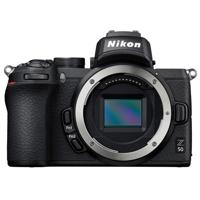
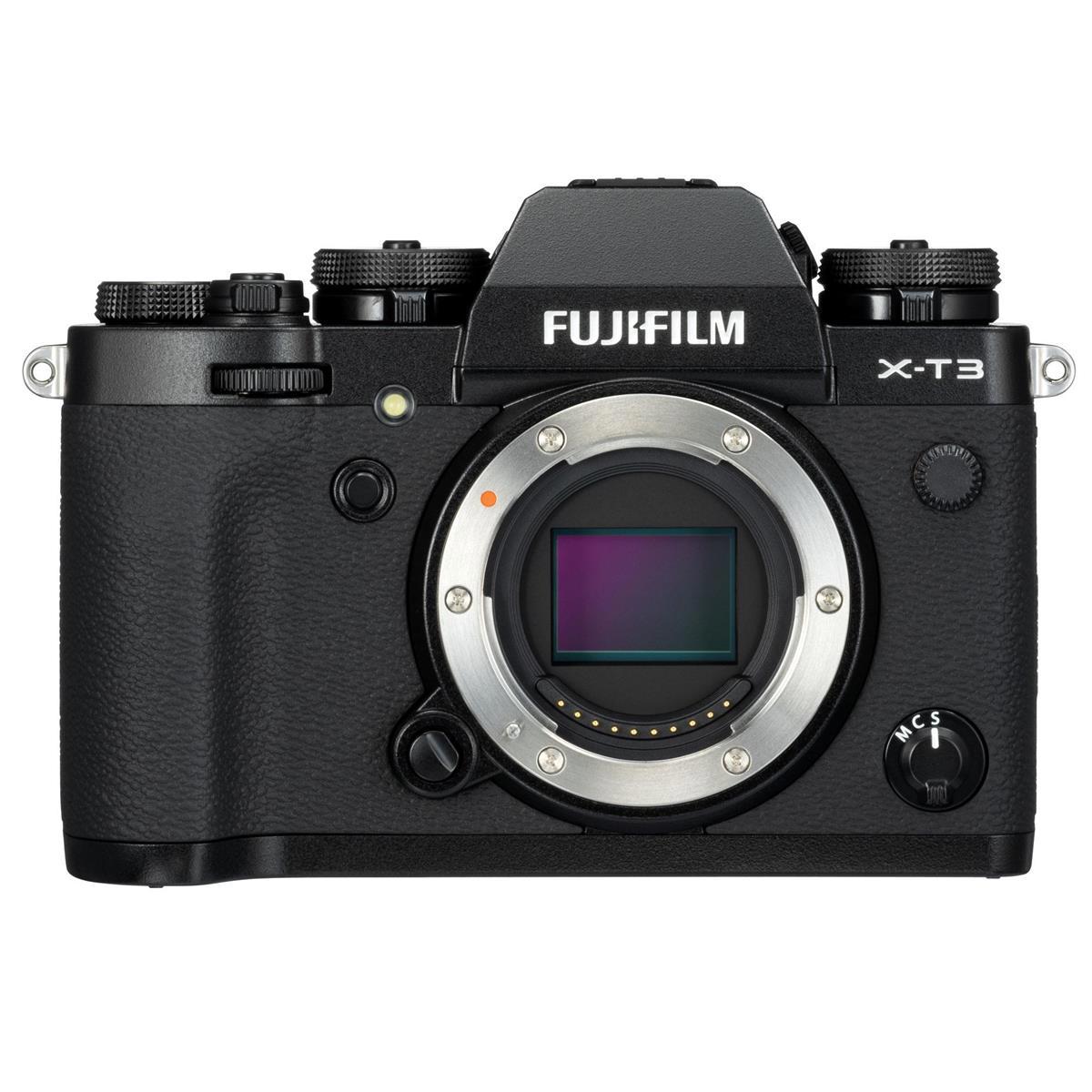
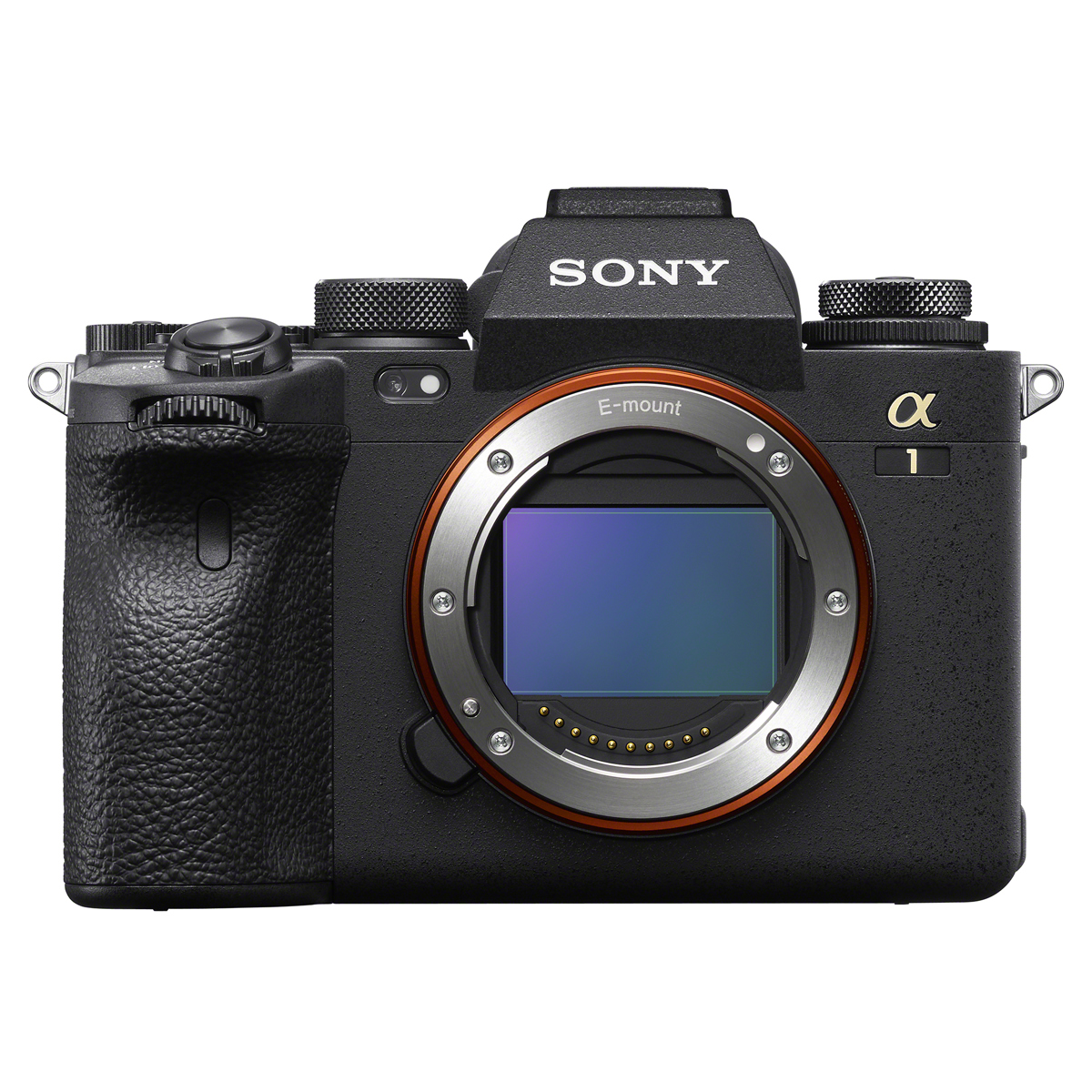
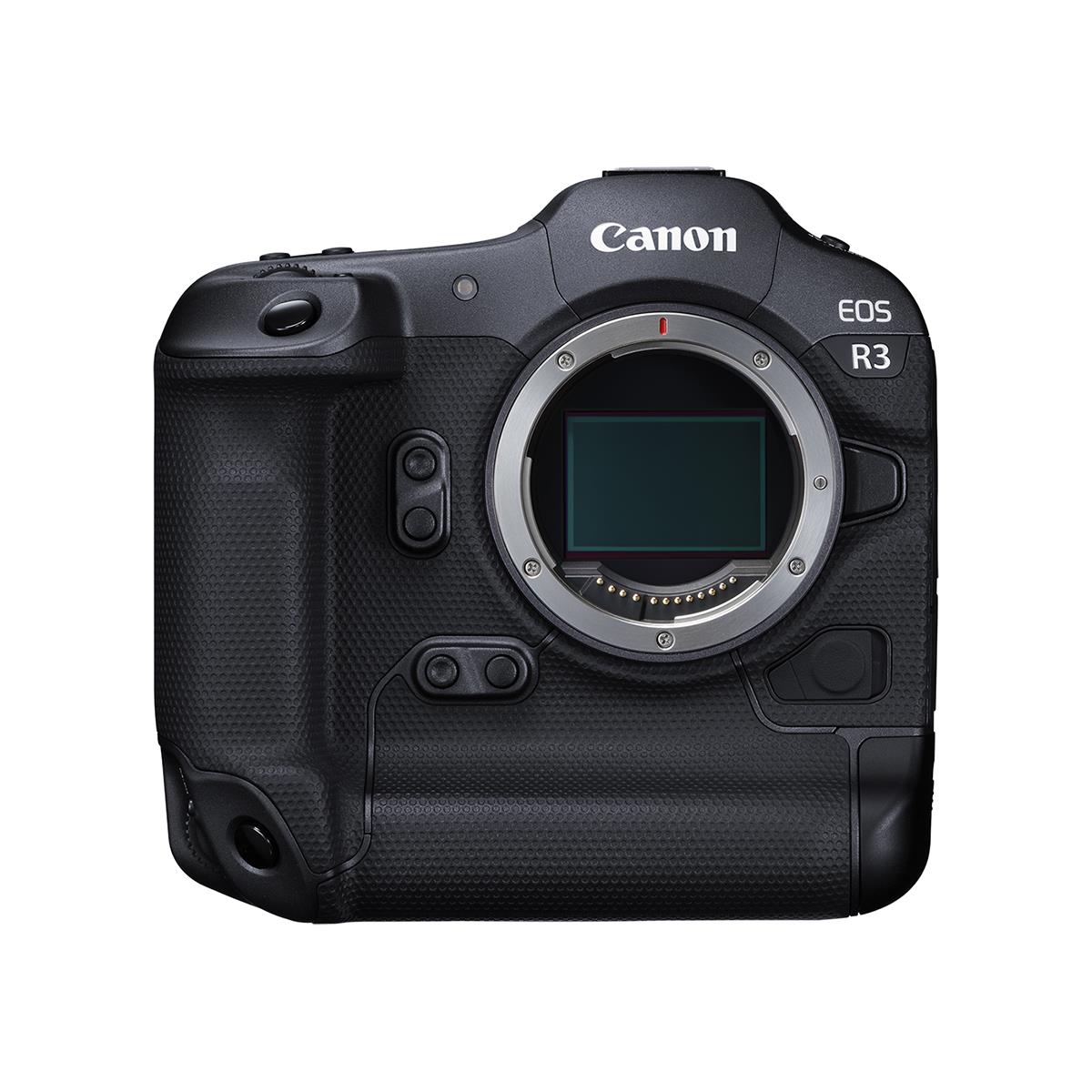
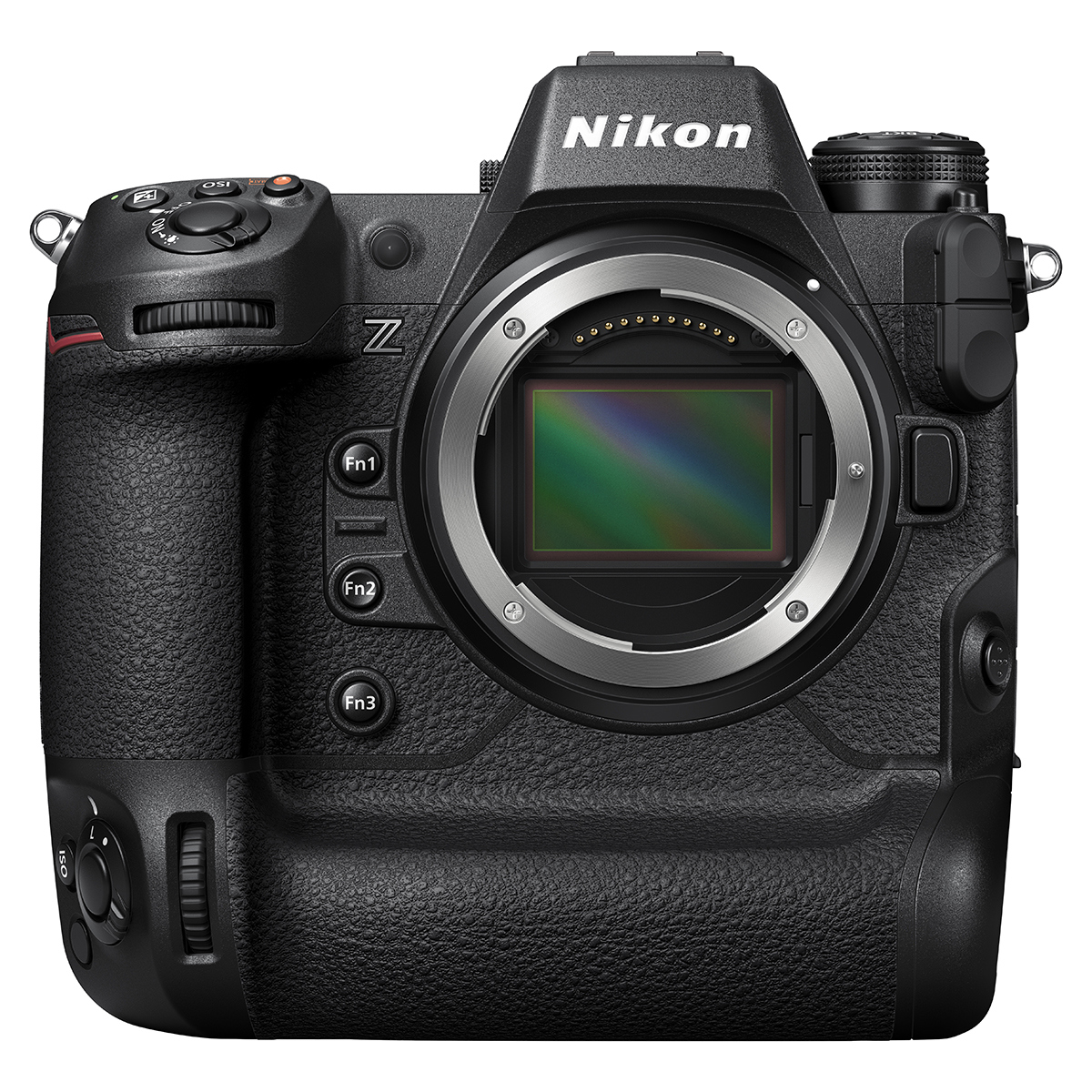

Be the first to comment